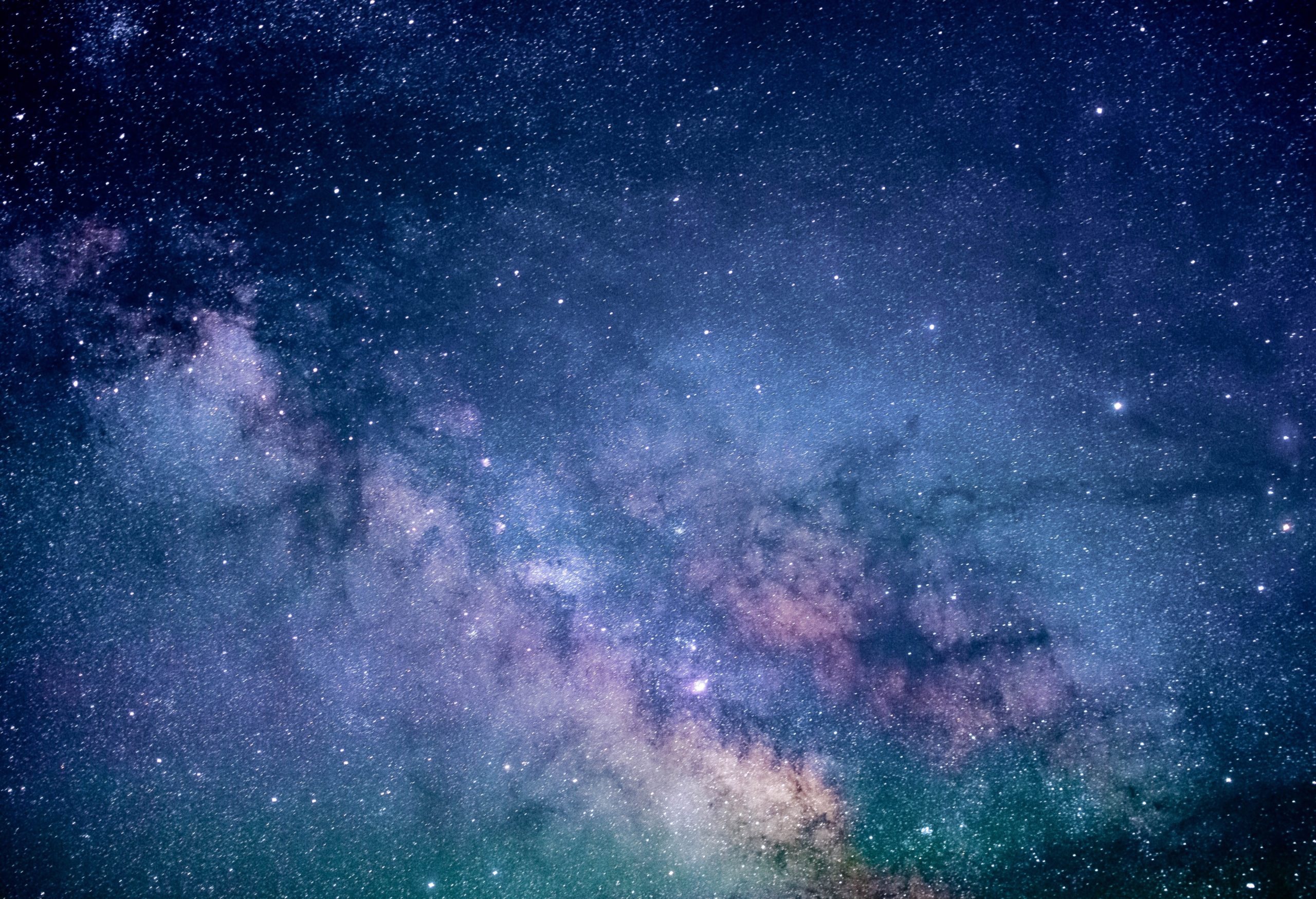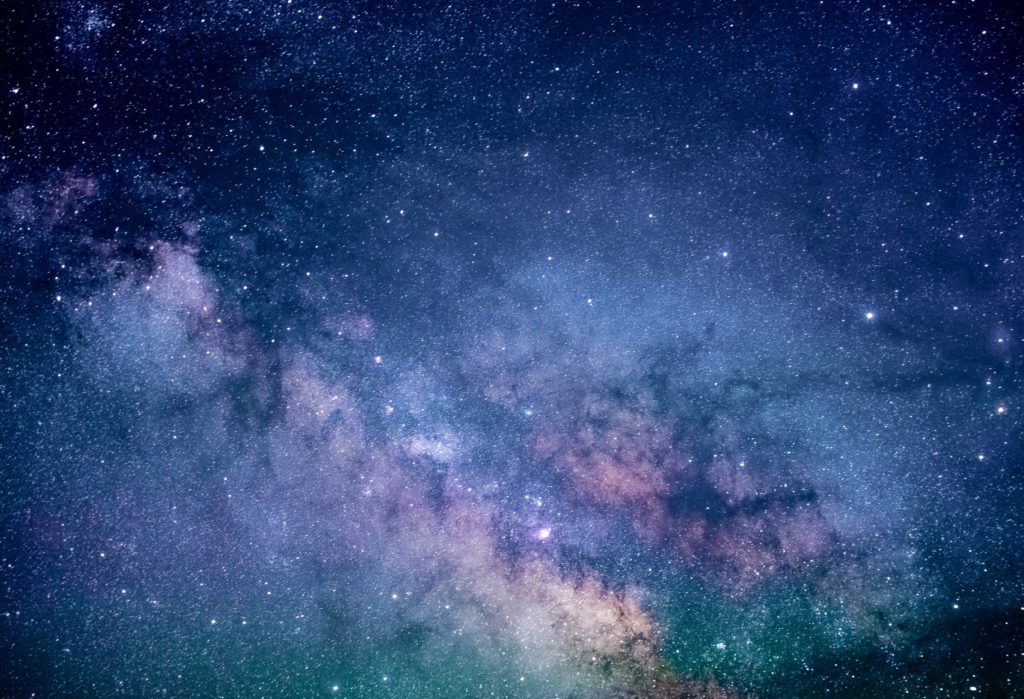Grab a virtual telescope and peek into how Elizabeth Schibuk, a 7th and 8th-grade Science teacher at Conservatory Lab, inspires students to explore the world around them and beyond – even when learning from home!
Watch the video above to see how one grade 8 student synthesized their insights about scientific research.
The class searched for habitable exoplanets using rich virtual resources and modeling techniques such as the Wobble, Doppler, and Transit methods that scientists use to look at the brightness, color, and motion of stars to determine what might be in their orbits.
Students used the Wobble method to learn about gravity and how planets orbit around stars. They discovered how scientists can determine if a star is wobbling by looking at the color of the light that the star emits using the Doppler method. They also investigated the scientific process of determining a habitable zone— a belt around a star where temperatures are ideal for liquid water which is an essential ingredient for life.
At the end of their studies, students were instructed to create a science coloring page or computer animation. Here’s an example of one student’s computer animation.
“To keep learning in a virtual context as meaningful as possible, I have created assignments that are grounded in real-world issues that are interesting to the kids and appeal to their teenage desire to name and decry injustice and wrong-doing, and then position the learning within that context,” said 7th and 8th-grade Science teacher, Elizabeth Schibuk.
Some upcoming topics include:
- Chemical Reactions & Nutrition Science
- Designing Earthquake Safe Bridges
- Weather & Climate Change
- Manufacturing, Electronics, and Industrial Waste
- Air Pollution and Environmental Justice
To learn more about the subjects our students are learning about from home, stay tuned for our next post and follow us on social media @ConservatoryLab!

